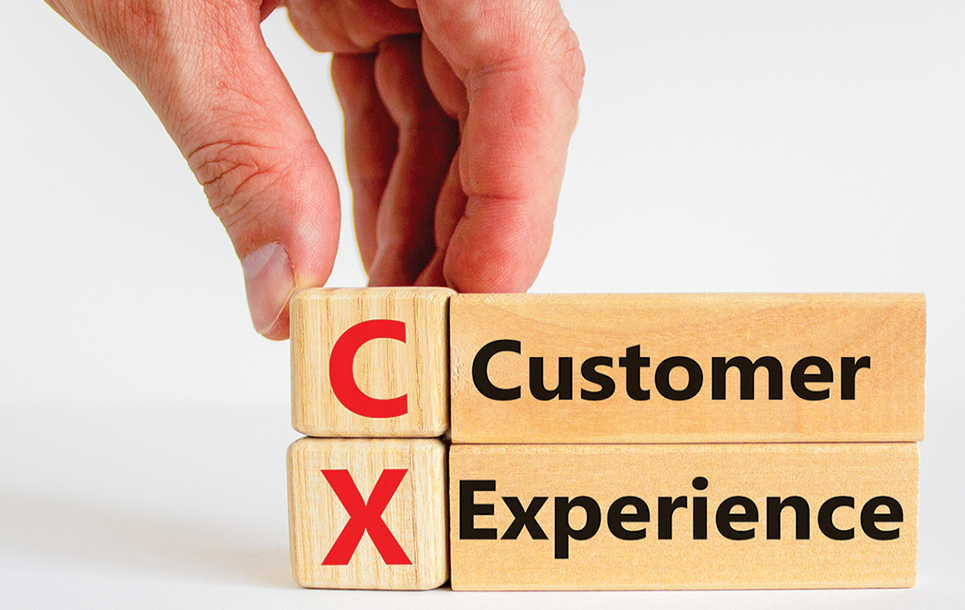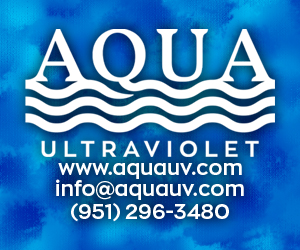
How many times a week is a return phone call missed? A follow-up quote forgotten? A quick checkup on a client not completed? The list goes on. We’re all human, and quite frankly, running a business can be overwhelming sometimes. We forget to send that quote or email, to make that phone call to a great client to see how their pond or water feature is doing, or to follow up to see if a potential client has any questions.
These extremely important tasks are falling through the cracks — not purposefully, but because there is just no time (or, sometimes, we honestly just forget). Our clients and potential clients don’t know this; they’re just thinking, “This company must not care about me!”
For years, I found myself juggling many tasks day in and day out. My biggest hurdle was making sure they all got completed and no one was forgotten. Most days, someone or something slipped through the cracks. These tasks are typically repeatable, like following up on leads, quotes and existing clients.
Even though processes are implemented from lead acquisition all the way to post-job follow-ups, there are singular tasks being missed within these processes. At the end of the day, my company wasn’t providing the consistent customer experience our clients deserved. This needed to change, and that’s when I discovered automation six years ago.
What is Automation?
Automation is a broad term that describes the use of technology to reduce human intervention to complete tasks or jobs. We can break this down to an extremely important automation type that should be used in every company.
Customer experience, or “CX” automation, is the use of technology to assist with repeatable tasks, sometimes replacing human involvement, to improve your company’s overall customer experience.
A company can be elevated in the eyes of their clients with a consistent customer experience. When a company creates a consistently flowing experience with each interaction, it keeps clients coming back year after year after year.
Experience vs. Service
It’s important to define the difference between customer service and customer experience.
A client’s customer experience is the overall experience your customer has with your brand and the impression you leave throughout your client’s entire buying journey. Customer service, on the other hand, is measured in the ability to help customers solve the problems they called you about, answer their specific questions, and even show them how to use something.
An example of customer experience would be a phone call or email the night before a service to remind them of the scheduled service. Kicking it up a notch or two would be a follow-up phone call two to three days after the service or sending them a thank-you card to show your appreciation. Kicking it up many notches, find out what their favorite wine is and gift them a bottle, just because you appreciate their loyalty to your business.
Creating an experience for your client is paramount in today’s business climate. It allows your company to promote loyalty, helps with customer retention and creates brand advocacy within your client base.
How Can CX Automation Help?
Implementing automation correctly will create a streamlined customer experience without adding more tasks to or taking tasks off your plate, should you already have processes in place.
CX automation can be implemented in many ways. It starts with the initial customer contact and tracks all the way through their journey with your company and beyond. The best way to describe how this works is to walk you through one of the automations set up for my company.
For many of us in the pond business, springtime is crazy busy. We’re cleaning and opening numerous ponds, coming into contact with a few people each day. Quite a few years ago, we implemented something we called a 3-3-3. This is a blueprint for a follow-up sequence after a service or job has been completed. Initially it was a phone call three days, three weeks and three months after completion. Since then, we have tweaked it a little bit.
Here’s what we do today. On the day of the service, we send a handwritten thank-you card. The day after the cleaning, we follow up with a phone call to make sure everything is running well. Four days later, we follow up with an email that contains a link to our blog about what to expect after a pond cleaning. Three weeks later, the client receives a follow-up email with maintenance tips, and three months later, they get a final follow-up email with a links about managing string algae.
How does this create a customer experience? Every email has a purpose; it’s not just a check-in. We are providing our clients with valuable information pertaining to their specific situation. Our clients know what to expect and what they should be doing, and it shows them that we care about them and their pond.
It’s All Automated!
These actions and performing the above tasks on time and manually, while doable, could be extremely daunting. But here’s the amazing thing — it’s all automated! All of the above actions I’ve described are done without any human involvement — even the thank-you card and the phone call. We don’t even manually trigger the automation to start. One might call this magical!
So, how is it triggered? We use scheduling and invoicing software with a smartphone app out in the field. When the job is marked complete within our app, the automation is automatically triggered, and off it goes.
How does this actually work? The short and simple answer is software. We currently use a customer relationship management (CRM) based software that captures all our leads and provides us with the automation power. With the internet, we can allow different software platforms to communicate with each other and share information from one to the other. All this takes time to create, set up and test; however, once complete, it’s done and triggers time and time again while creating an amazing customer experience for your clients.
Why Should I Implement CX Automations?
This is a great question! Let’s break this down into two categories.
The first category includes a business like my own. I have a small pond company and don’t have office staff. Even though I am in the field quite a bit, I do all of it. Without the use of these automations, I would either be on the phone all day or manually sending out emails. This has allowed me to concentrate on other things. I can go on and on about how much time this saves me and how amazing it has been to follow up with emails, phone calls or even a text. The coolest part is, it just happens!
The second category would be larger companies that may already have these processes in place with an office team to complete them. Would your team’s time be better spent doing something else? Larger companies that implement automation can free up their other main currency — time.
What Do I Need to Get Started?
First, you’ll need processes. Processes are a blueprint to creating automations for your company. Without them, you’ll be going in circles, as if you were driving around without a destination. Write them down, brainstorm with your team and get them on paper.
Next, you’ll need software. There are numerous software options out there, and the drawback is that there is no one-size-fits-all software that can do everything. We currently use four software programs to create and run all of our CX automations. While this may seem like a lot, once set up, only the CRM and invoicing and scheduling software are used daily.
You’ll then begin the process of creating your automations and figuring out what tasks can be automated. If a task within a process can’t be automated, that’s OK. You can set the automation to create a reminder, task or calendar event for the person who needs to complete that specific task.
Some software that can help you get started and has automation capabilities include Service Autopilot and Jobber. Most recently, Synked Up has added this as an integration to their platform. Dive in, research it and have fun. The possibilities are endless.
One piece of advice when implementing automations: Think of this as a marathon, not a sprint.


